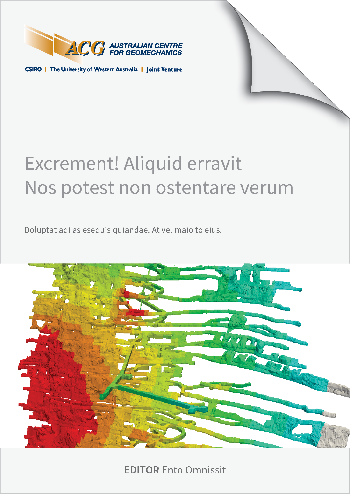Stope design calibration at Boston Shaker underground mine for applications to bulk mining

|
Authors: Fernandes, S; Reardon, D; Cowan, M |
DOI https://doi.org/10.36487/ACG_repo/2435_O-02
Cite As:
Fernandes, S, Reardon, D & Cowan, M 2024, 'Stope design calibration at Boston Shaker underground mine for applications to bulk mining', in Daniel Johansson & Håkan Schunnesson (eds), MassMin 2024: Proceedings of the International Conference & Exhibition on Mass Mining, Luleå University of Technology, Luleå, pp. 1255-1275, https://doi.org/10.36487/ACG_repo/2435_O-02
Abstract:
Boston Shaker Underground (BSUG) mine is a shallow (23° – 47°) dipping gold deposit, mined with pillars and long hole open stoping methods. Stope spans are analysed with the modified stability graph (Potvin, 1988) using the Equivalent Linear Overbreak/Slough (ELOS) charts (Clark & Pakalnis, 1997), and pattern cable bolting along stope overlaps is utilised to separate stope spans. The modified stability chart has shown a poor correlation with observed stope behaviour at BSUG, this has led to the introduction and development of two new factors in the equation - Qs’ (where Jr is fixed at = 1) and Factor D (down dip exposure between cable support) to cater for the shallow dipping orebody and to improve the ELOS predictions. The introduction of these site-specific factors returned a correlation coefficient R2 of 0.7 versus a R2 of 0.1 based on the published curves (Clark & Pakalnis, 1997) for the predicted ELOS versus the observed ELOS. The new site specific ELOS stability criteria accounts for the support method and span designs applied at BSUG, while also showing a good relationship with the maximum overbreak experienced. This relationship provides an understanding of the largest blocks that may report in the stope and can be further quantified and optimised by the mechanical limits of a loader bucket. Applying this relationship to a risk profile provides the mining team with a realistic and representative measure for stope behaviour and bogging risk. The learnings from this calibration have been applied to BSUG’s Geotechnical Model for Rapid Integration (GMRi) (Hamman, Du Plooy, & Seery, 2017), which allows for more accurate extraction ratio predictions, including providing further confidence in designing multi-lift bulk stopes with the proposed design methodology applied at the mine.
© Copyright 2025, Australian Centre for Geomechanics (ACG), The University of Western Australia. All rights reserved.
View copyright/legal information
Please direct any queries or error reports to repository-acg@uwa.edu.au
View copyright/legal information
Please direct any queries or error reports to repository-acg@uwa.edu.au